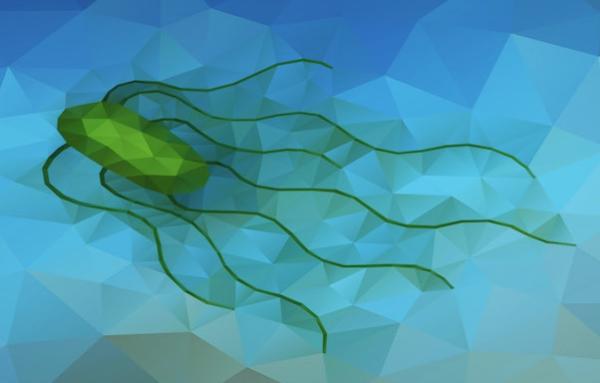Reprinted by permission of McGill University Office for Science and Society.
###
It was from these animals that back in the late 1800s American veterinarian Daniel Salmon isolated the bacteria that were eventually named after him. “Salmonella” actually refers to a species of bacteria that inhabit the intestines of people and animals, along with a large variety of other bacteria. Since all these bacteria compete for the same food supply, they keep each other’s growth in check. Only when the number of Salmonella bacteria increases dramatically do they cause an infection, then referred to as salmonellosis. The common symptoms include vomiting, nausea, fever, abdominal cramps and diarrhea. And how does such an infection come about? By eating some uncooked food that has become contaminated by Salmonella through exposure to animal or human feces.
The presence of these bacteria does not affect the look, taste or smell of food. Cooking destroys the microbes, but food can still become contaminated if it comes into contact with raw food that harbours salmonella, or if a food handler doesn’t wash hands properly after a visit to the bathroom. It usually takes at least six hours for symptoms to appear, but twelve is more common. In previously healthy people, salmonellosis lasts anywhere from four to seven days, but in rare cases, it can cause a condition known as reactive arthritis or “Reiters Syndrome.” Pain in the joints associated with this condition can, unfortunately, become chronic and difficult to treat. But the most worrisome symptom of salmonellosis is diarrhea, particularly in children, the elderly, and in people with compromised immune systems. If the diarrhea is severe, rehydration with intravenous fluids may be required, and antibiotics become necessary if the bacteria escape from the intestinal tract into the bloodstream.
Reptiles such as turtles, lizards and snakes commonly harbour Salmonella and should be kept away from infants. The same goes for baby chicks and ducklings. Thorough hand washing after handling these animals is an absolute necessity. It is hard to know how many cases of salmonellosis occur in North America a year because the vast majority of these do not warrant a visit to the doctor and go unreported. Based on roughly 50,000 cases reported annually, researchers estimate that the number of cases is well over a million. Unfortunately, every year several hundred people, mostly very young or elderly, succumb to Salmonella poisoning. The best ways to prevent infection include cooking meat, poultry and eggs thoroughly, washing kitchen surfaces and hands with soap and water immediately after contact with raw meat or poultry and avoiding contact with reptiles.
The original McGill University OSS post can be found here.



